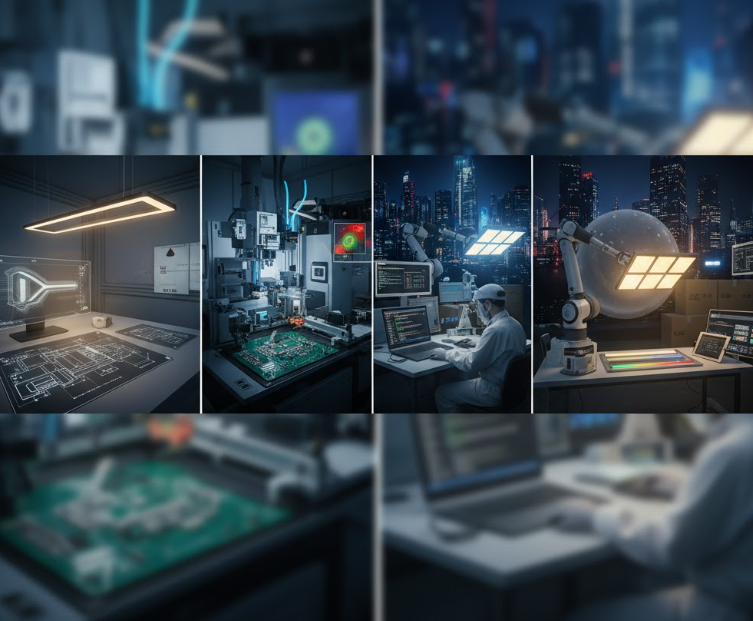Editar el contenido
Mantente en contacto
Estados Unidos
Fenix – USA
389 Palm Coast Parkway SW
Palm Coast, FL 32137
(803) 649-1381
info@fenix-mfg.com
República Dominicana
Fenix – DR
San Pedro Industrial Free Zone
San Pedro De Macorís, República Dominicana
(809) 529-4421
info@fenix-mfg.com
Editar el contenido
Mantente en contacto
Estados Unidos
Fenix – USA
389 Palm Coast Parkway SW
Palm Coast, FL 32137
(803) 649-1381
info@fenix-mfg.com
República Dominicana
Fenix – DR
San Pedro Industrial Free Zone
San Pedro De Macorís, República Dominicana
(809) 529-4421
info@fenix-mfg.com


